The escalation
As the Israeli started their operation to destroy Hamas in Gaza, which caused tremendous casualties among the civilian population, it created outrage in the Arabic world, but, except for sharp critics and wide street protests, nothing really has been done by other governments to stop Israeli aggression. The Yemeni Ansar Allah (Houthis) are the only ones who acted militarily, launching cruise missiles over the Red Sea toward Israel and occasionally over Saudi Arabia and Jordan. The latter two acting as an Israeli forward air defense. The US Navy joined the protection, dispatching ships equipped with AD systems to intercept Houthi missiles.
Background
The Ansar Allah movement has debuted a range of advanced weapons systems since 2015 with direct assistance from Iran. The clearest example of this is the Burkan 2-H medium-range ballistic missile, which the Houthis have used since May 2017 to strike Riyadh and Yanbu.
As with the strategic missile systems, the Houthis took control of Yemen’s coastal missile batteries and then integrated them into an Iranian-supported modernization program. Since 2015, Ansar Allah has attacked shipping with naval mines and anti-ship missiles that were already in the Yemeni arsenal, to which it has added the use of boat-mounted ATGMs. The Houthis developed around 30 coast-watcher stations, antique-looking sail-powered “spy dhows,” drones, and the maritime radar of docked ships to collect information and create targeting solutions for attacks. Ansar Allah has also undertaken combat diver training on the Zuqur and Bawardi islands in the Red Sea. The most significant technological development undertaken by the Houthis in coastal defense was the conversion (with Iranian support) of coast guard speedboats into the self-guiding Shark-33 explosive drone boat, which can be programmed to follow a course or home in on a target using electro-optical television guidance. This kind of device was used to successfully attack a Saudi frigate on January 30, 2017, (using television guidance) and unsuccessfully to attack a Saudi oil loading terminal on April 26, 2017 (using GPS guidance while maneuvering at 35-45 knots). The Shark 33 has been employed by the Houthis in a triangular formation, with the attack boat forward, a command boat nearby, and a media boat (to capture combat footage) further away. On one occasion, a Shark 33 was camouflaged by being loaded with fish.1
As the Houthis arsenal is very closely related to Iran, the following graphics present the abilities of the original Iranian anti-ship missiles. With this, it is obvious that the strategic value of these weapons is enormous: The Hormuz Strait, the Persian Gulf, and the Oman Sea are effectively covered. Any attempt to get through them in the case of war would be nothing but an extremely risky attempt. Even the mighty US carrier group was forced to steam out of range.
This is now projected into the other area around the Bab al-Mandeb, which can effectively close the Red Sea for any transport.
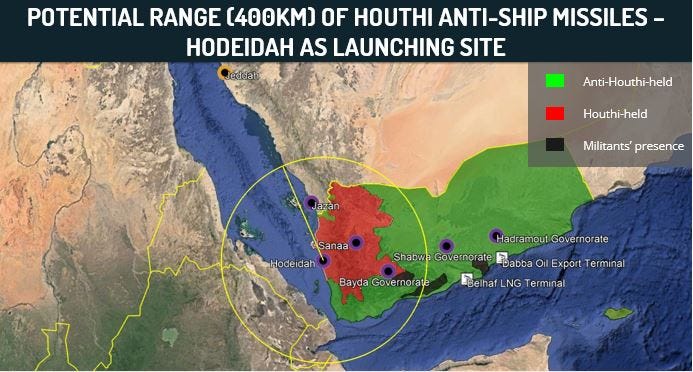
As the tension escalated, Houthis for the first time started targeting Israeli-owned or linked ships, putting a serious strain and imposing a blockade on cargo shipped to Israel. The US and its “allies” are scrambling for the Israel protection operation under the name of securing free maritime transport. The joint, or allied, operation was named “Operation Prosperity Guardian”. Initially, the US spoke about the coalition of 20 countries but seems that the coalition started to disintegrate even before was officially formed and the ships dispatched. “Something” is preventing the so-called allies from forming maritime protection screens around Yemen and that “something” is stuff that can really hurt if unleashed. This maritime alliance deterrence stuff is comprised of powerful anti-ship ballistic missiles.

As the crisis is escalating, the Houthis, at the time of publishing this article, have on several occasions launched ballistic missiles at ships linked to Israel that were transiting through the Bab al-Mandeb Strait.
The threat - Origins of the anti-ship ballistic missiles
So far in the conflicts worldwide, to engage the ships, combatants used specialized anti-ship missiles, launched from the air, land, or from sea. However, these missiles are guided ones, and more or less in the form of cruise missiles. Ballistic anti-ship missiles are the new trend in this game.
The idea originated in the Soviet Union in the 1970s but the USSR didn’t pursue it. China picked up the idea and was the first country which start a full development of ballistic missiles for the anti-ship role. The reason was simple: to counter the mighty US aircraft carrier's strike groups. The first dedicated weapons system for this role was a Dong-Feng 21 (DF-21D) with a range of 1,500 kilometers and a 600-kilogram warhead. In the media, it was called the "carrier killer."
Since then, the Chinese have developed the DF-26, with a range of 4,000 kilometers, which can reach ships as far away as Guam. With these missiles, China has the ability of area denial, meaning preventing U.S. aircraft carrier groups from interfering around Taiwan.
For Iran, the development and implementation of these kinds of missiles are even more important — deterring the US from the Persian Gulf and approaches. Transferring missiles and technology to the Yemeni Houthis projects Iran's area denial capabilities well beyond its borders, to the southern Red Sea and especially the Bab al-Mandeb strait effectively enabling disruption of the major shipping routes.
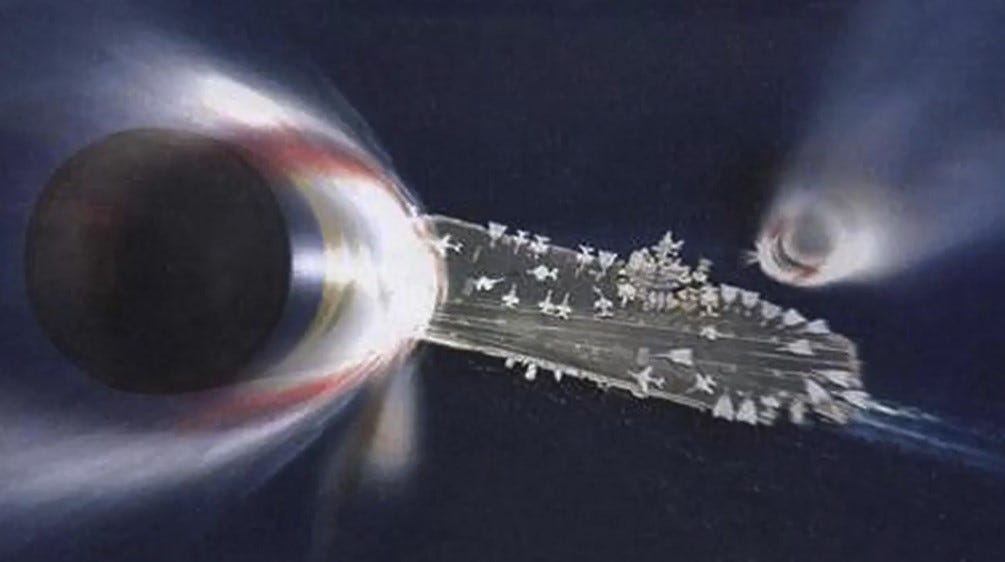
According to the public data, the Houthis are using at least 2 types of these kinds of missiles: the largest missiles in the Houthis' arsenal are the ‘Aasef’ and the ‘Tankil’. Regarding the payload, it is estimated that both are using 300 kg warheads. The difference is in range. The guidance in the terminal phase is optical and infrared ‘EO-IR’ sensors. The Aasef is likely based on the Iranian-developed ‘Fateh-313’ ballistic missile (with a range of 450 kilometers), while the Tankil is based on the Raad-500 (with a range of 500 kilometers). Besides these two long-range missiles in the Houthis arsenal, there are also shorter-range rockets and missiles; some of them, like the Falaq, with a range of 140 kilometers and are equipped with the anti-ship homing system.
According to some Western media, Tankil missiles presented during the Houthis military parade are mockups.
“In 2022, the Houthis also claimed to have an anti-ship ballistic missile called Tankil with a range approaching 500 km, closely resembling Iran’s Raad-500 missile. Yet the examples displayed at a September 21, 2023, military parade in Sanaa looked like mockups. The new Haatem ballistic missile (similar to Iran’s Kheibar Shekan, which has a claimed range of 1,450 km) was revealed to be a mockup as well, indicating that the Houthis were trying to project a significantly longer-range precision-strike capability than what they actually possess.”2
One interesting domestic modification is the converted venerable V-750 model (SAM-2) anti-aircraft missiles. This conversion is named ‘Qaher-2M’. Its anti-ship version is designated as the ‘Muhit’.

The Houthi arsenal also included ‘Al-Falaq 1’, an anti-ship ballistic missile that also originated from the Iranian missile family. It appears like a scaled-down Fatah-110. In Iran, it is designated as ‘Fajr 4CL, with an EO seeker.
Basic principles of operation
How do these missiles work? To get to the striking distance, these missiles are equipped with GPS guidance to direct the missile to the area where the target vessel is expected. To get the approximate location, data of the initial position, speed, and bearing are necessary and that can be achieved with intelligence means (such as tracking by the friendly forces and relaying the information), radar surveillance, or by UAVs. Since the ship is in almost constant motion, when the ballistic missile is at a striking distance, a great challenge is terminal guidance — identifying and locking on the targeted ship. This has to be executed at supersonic speeds. As previously mentioned, China started development and the Iranians have been working on the development for more than a decade. During this period, numerous problems and setbacks often prolonged the development process.
Ballistic anti-ship missiles almost exclusively attack in the high-angle modes. Their ballistic trajectory is different from the standard sea and coastal-based missiles, which are guided to the target ship by radar and often fly very low, basically skimming the surface. This flight profile makes detection difficult. The majority of the anti-ship cruise missiles are high subsonic but some can reach several Mach numbers. These missiles can attack either with almost horizontal trajectories, aiming at the ship’s hull, or with a popup mode where the missile pops up at some distance from the target to attack it with a higher angle.
Regarding the guidance, Ansar Allah ballistic anti-ship missiles use Electro-Optical and infra-red Guidance methods. The exact design of the EO/ER seeker is unknown, but, in general, it may have the components and works on the principles described in the following sections.
Electro-Optic/Infra-Red systems cover a wide range of technologies and the application of a particular one is based on the target. This is a very broad definition, and diving deep into the principles is out of the scope of this article, so only a simplified explanation will be used. In general, an EO/IR seeker has both visible and infrared sensors and works in both spectrums.
Electro-optical sensors cover the frequency range from 104 GHz to 106 GHz. Due to the very large number involved with frequency, the specification of EO systems is often referred to by wavelength.
IR spectrum in general uses wavelengths from around 750 nm to 1000 μm (400 THz to 300 GHz.
Most EO/IR tracking systems contain the following components3:
A sensor that collects radiation from the target and generates a corresponding electrical signal;
Tracker electronics that process the sensor output and produce a tracking error signal;
An optical pointing system (e.g., a gimbal4) that allows the sensor to follow target motion, and
A servo and stabilization system to control the gimbal position.
IR spectrum in general uses wavelengths from around 750 nm to 1000 μm The most basic division in EO/IR sensors is between point and extended targets. A point target is small enough, compared to the resolution capabilities of the sensor, to appear as a single point. The defining characteristic of an extended target is the presence of internal detail. Rather than detecting a point, the sensor presents an image of the target. The distinction between point and imaging targets is not the same as between non-imaging and imaging sensors. One can imagine a point target mission that scans the sky looking for a bright spot without ever forming an image (the original Sidewinder air-to-air missile seeker would be such a system); however, some imaging sensors form an image of the sky and then look for bright spots within the image.5
For fully imaged targets (images of ships, for example), the contrast between the target and the background (in this case the water surface) is a central parameter. The ability to detect dim targets, either point or image, is a measure of the system’s sensitivity. The resolution of a sensor is a measure of its ability to determine fine detail. Measures of resolution depend on the precise task. The technology used in EO/IR sensors may be divided into scanning sensors, using a limited number of detectors that scan across the scene, and staring sensors, using large numbers of detectors in rectangular arrays.
Mentioning this, it is not known exactly what type of sensors are implemented. Likely, it is an extended target one. For this, images of the potential targets may be used.
We can assume that the system is similar to one that is used in Russia and China. Some screenshots for the images and modeling to the target database are presented here (this is only for illustration. the whole process is out of scope. An introduction to the subject can be found in the references listed at the end of this article):
The effectiveness of imaging systems can be degraded by many factors, including limited contrast and luminance, the presence of noise, and blurring due to fundamental physical effects. Getting into the particular imaging process would be far beyond the scope of this article, but for the reader there are several excellent books addressing the subject and they will be listed in the reference section.
In the process of modeling of the targets the start is often with the 3D models. Three-dimensional graphic images of elements can be independent of others in the graphical model of the target, or they can have superimposed connections that determine the behavior of the three-dimensional graphic image of an element when its location changes, and can at the same time determine its shape, size and orientation (depending on the three-dimensional graphic images of other elements). 3D graphic models alone cannot be used in the target detection and classification. They make it possible to obtain starting material suitable for use in these procedures. By analyzing thermal imaging images of targets obtained in real conditions, it is necessary to create texture maps that can be applied to three-dimensional models.

As the missile approaches the target area, EO/IR sensors scan for the target. The ideal approach is the vertical one but in most cases, it will be under some angle.
Let’s now assume that the missile approaches the target zone and the seeker is activated. It will scan the particular area and the processor will compare the images. The following illustrations present the geometry of the approach and the scan area:

The EO seeker combined with the IR can determine the target from the decoys. In the IR spectrum, the ship's thermal signature will be assessed and compared with the database one.
How the thermal picture of the ship may look is shown in the following illustrations. USN Arleigh Burke-class destroyer (that is the main carrier group protector) thermal images are collected and modeled. Some of the model samples are shown below:
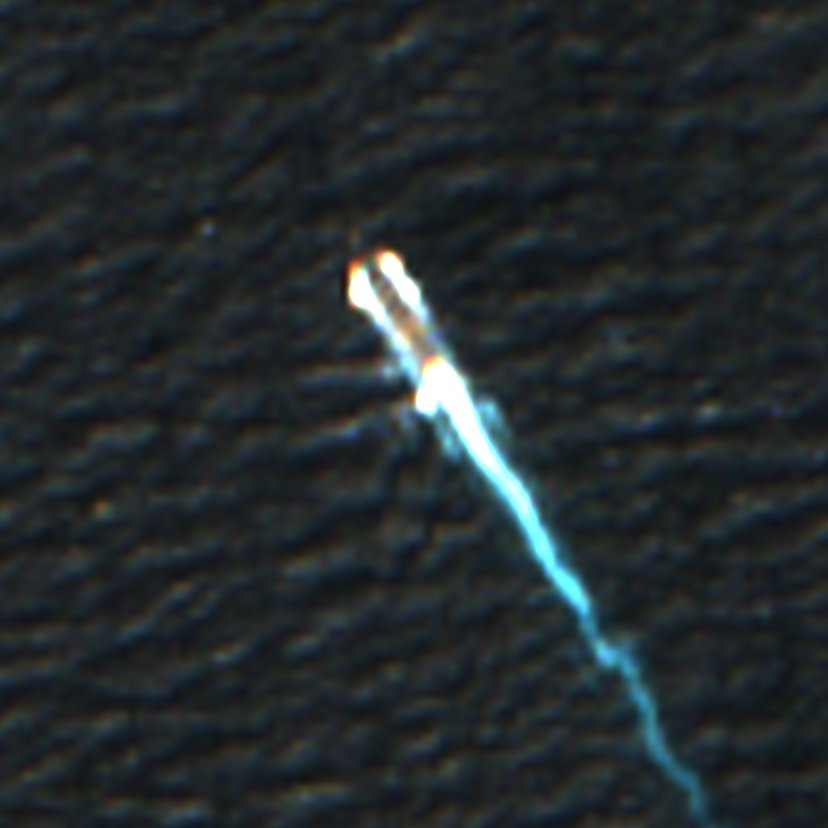
Countering the threat
For the main player in the so-called international coalition, the anti-ship ballistic missile threat from Yemen is very serious. US Navy developed some measures during the operation planning such as GPS jamming, active jamming of land-based radars and Yemeni reconnaissance drones that assist in the missile's direction, saturating the radars with decoys and launching high-tech chaff in the form of radar-opaque smoke or carbon-fiber clouds, which create decoy targets for the missile to home in on.
US Ashely Burke destroyers are equipped with ballistic missile defense interceptor missiles (RIM-161) integrated with the Aegis fire control system. These missiles, according to the US DoD, have a very high successful interception rate, however, many independent analysts and experts in the technical fields doubted published efficiency. The US DoD is very well known for inflating results to boost marketing and sales and every information coming from them shall be taken with a “bag of salt”. Some US Navy members anonymously stated that the results are exaggerated and based on manipulated data and testing conditions.
In the past two months, the American destroyers USS Carney and USS Thomas Hudner (acting as an Israeli forward air defense) have intercepted several drones and cruise missiles that the Houthis have launched at Israel. So far, there are no reports of intercepted ballistic missiles in the area.
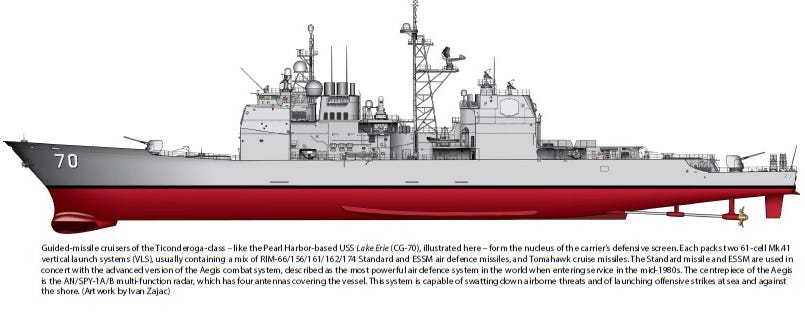
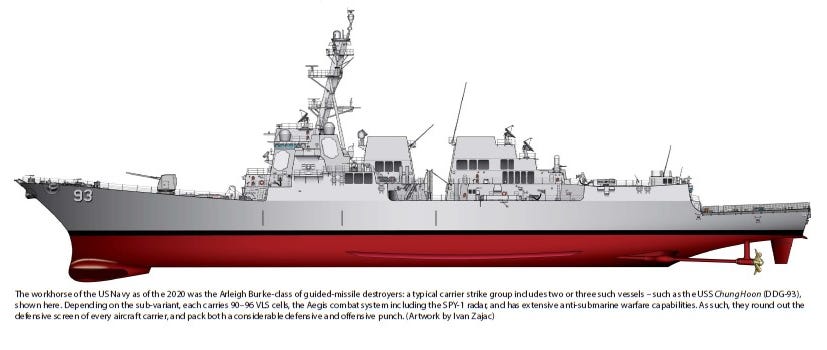
The only US assets that are protected against the anti-ship ballistic missiles are their nuclear submarines. At any given time, several of them are in the proximity of the carrier groups.
So, how would a potential war between the US-scrambled coalition and the Houthis look?
The coalition ships are tasked to protect Israeli ships under the cover of protection of the international maritime route. The mighty US carrier group (as planned) can attack the Houthis’ positions - detected missile bases, airfields, coastal installations, and air-defense network in an attempt to inflict an initial blow to prevent any launches against the Israeli-bound or linked ships. However, there is one factor already mentioned and that is the anti-ship ballistic missile. The Houthis amassed a significant number of them and are ready to launch. US air and cruise missile attacks can definitely take out some installations and launchers, but Houthis have contingency plans to protect their missile assets, and at the first sign of US attack, dozens of these missiles will be launched against the coalition ships. The question is: can they pinpoint the positions of the coalition ships? They have drones that can shadow the ships but these drones can be easily eliminated. There is also constant shadowing of the ships with friendly assets from Iran, Russia, and China. These countries will be happy to provide the coordinates along with the ship parameters so Houthis can put the final information into the missile guidance system and launch. It should be emphasized that within 500 km of the existing missiles, and likely even 1,500 km, all coalition ships are within range. At least one or two of the missiles launched against the ‘fat’ target such as an aircraft carrier, by sheer probability, can penetrate the destroyer’s screen. Even one hit on the carrier’s deck can damage the deck so that launching and landing aircraft would be impossible. The carrier will be out of service for many months. The same is true for the escort ships. Taking out one destroyer reduces the effective air cover of the group drastically. For example, hitting a destroyer with ballistic missiles that can home to an electromagnetic source like an antiradiation missile may destroy the radar installation and render the whole ship useless. So for the coalition, any hit on a warship is a defeat. Not even to mention that engaging the swarms of missiles and drones that may be launched against them with two AD missiles per target as per the standard practice can effectively deplete the AD missile stocks and rearming is possible only in distant safe ports. The closest one would be Djibouti but that is within the Houthis range and there is a Chinese naval presence there so that port is out for any missile rearmament, Any hit on the non-US ships would probably lead to the sinking and losing some of the NATO assets which is not acceptable for the nations that are sending ships now. The bottom line is that the coalition is against a determined enemy that doesn’t have anything to lose and has enough weaponry to seriously damage any naval assets that the coalition may send there.
According to some unofficial reports, the US intimidation tactics culminating with air assaults are not going to happen because of the above-mentioned reasons. The coalition already suffered its first bailouts as some members (Spain, France, and Italy i.e.) already left it. France (as per their officials) is going to try to protect only French-flagged ships. The US also stated that it doesn’t have enough ships to dispatch to the coastal area, even though it has 24 littoral combat ships (LCS) designed and built for coastal patrolling. The question is why the most powerful and numerous navy in the world could not assemble the task force by itself, but the likely answer is that this time the opponent has powerful tools that can damage or sink the US Navy ships. A simple “gunship diplomacy” model does not work when the opponent can strike back. The cracks in the coalition, unwillingness to dispatch significant combat assets, and overall fear that the reputation of the navy may be shattered, and exposure of valuable ships to the new means of attack brought all this operation to a halt before it even started.
The likely scenario in the Red Sea will be that the US ships will provide escort to friendly ships. This escort service is intended to provide air defense mainly against the Houthi drones. The chance that the situation may escalate is if Houthis launch a large number of drones and/or cruise missiles, no matter how sophisticated the air defense of the US escort vessels is, some friendly fire incidents may happen in the densely packed waterways. Some stray missiles may hit a random target and that can be blamed on one side.
Going back to the antiballistic missile defense of the US Navy ships: if the DoD statements about their efficiency are correct, then the carrier group shall have no fear of the Houthis’ missiles. However, it is evident that things are not really as presented by the US DoD, and it appears that the mighty carrier groups (with all their pomp about defense capabilities) are not so mighty after all, when they have to back off in the face of one of the poorest countries in the world.
The question is what Israel may do. Militarily, their navy is insignificant and it can’t do much. The other option is an air force attack, which will further escalate the already inflamed situation and provoke a regional war. Also, Houthis have enemies in their country so the backdoor politics, similar to the US and Israel “measures” in Syria against the legitimate government (which also includes close cooperation with ISIS and other anti-regime terror groups) will kick in for sure. Above all, ISIS is not the enemy of Israel, and “the enemy of my enemy is my friend”.
Houthis effectively won this round just by having the ballistic anti-ship missile arsenal available. However, the first round doesn’t mean that the game is over. The show is still going on.
[i] Edited by Piquet (editPiquet@gmail.com)
References:
G. Koretsky, J. Nicoli, M. Taylor: A Tutorial on Electro-Optical/Infrared (EO/IR) Theory and Systems. IDA
G. Doyle, B. Herzinger: Carrier Killer, Helion Asia War Series No 29
Г.В.Анцев, Оптикоэлектронные системы самонаведения, ВТО
Д.В. Кузнецов, А.В. Сидоров: ОПТОЭЛЕКТРОНИКА
STO TECHNICAL REPORT TR-SCI-224-Part-I: EO and IR Countermeasures Against Anti-Ship Missile
M. Dzudik: Electro-Optical Systems Design, Analysis, and Testing, v. 4
University of Adelaide, School of Mechanical Engineering: Anti-ship Missile Guidance Systems
2017 Ballistic and Cruise Missile Threat
Andrew Sven Erickson: Chinese Anti-Ship Ballistic Missile (ASBM) Development Drivers, Trajectories, and Strategic Implications
Office of Naval Intelligence: Iranian Naval Forces
J. Accetta, D. Shumaker: The Infrared Electro-Optical Systems Handbook. Electro-Optical Components
https://www.youtube.com/@neutrino.science.defense
https://ctc.westpoint.edu/houthi-war-machine-guerrilla-war-state-capture/
https://www.washingtoninstitute.org/policy-analysis/under-fire-bab-al-mandab-houthi-military-capabilities-and-us-response-options
G. Koretsky, J. Nicoli, M. Taylor, A Tutorial on Electro-Optical/Infrared (EO/IR) Theory and Systems. IDA
A gimbal is a pivoted support that permits rotation of an object about an axis.
G. Koretsky, J. Nicoli, M. Taylor, A Tutorial on Electro-Optical/Infrared (EO/IR) Theory and Systems. IDA
If you like the article (and much more articles regarding military subjects will come) you can buy me a coffee:
https://www.buymeacoffee.com/mmihajloviW







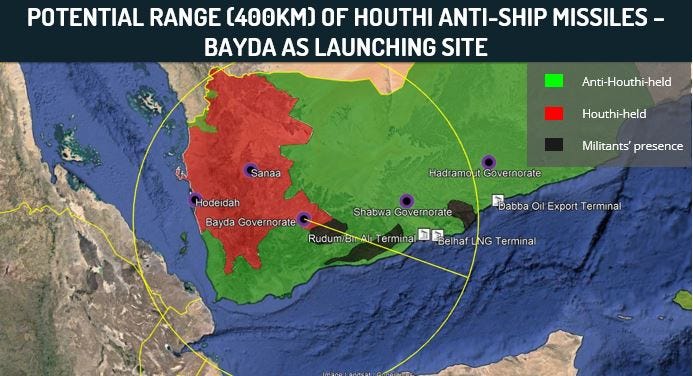
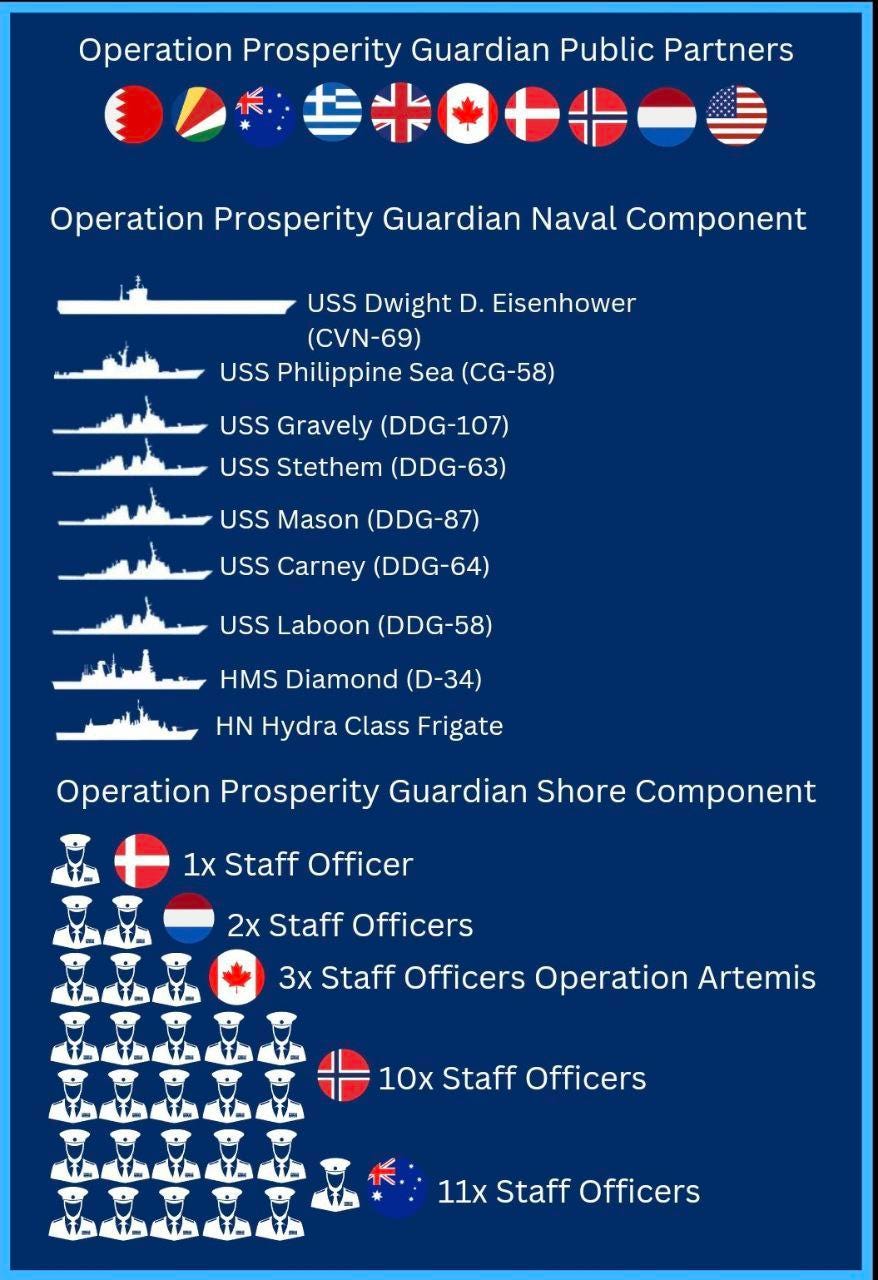




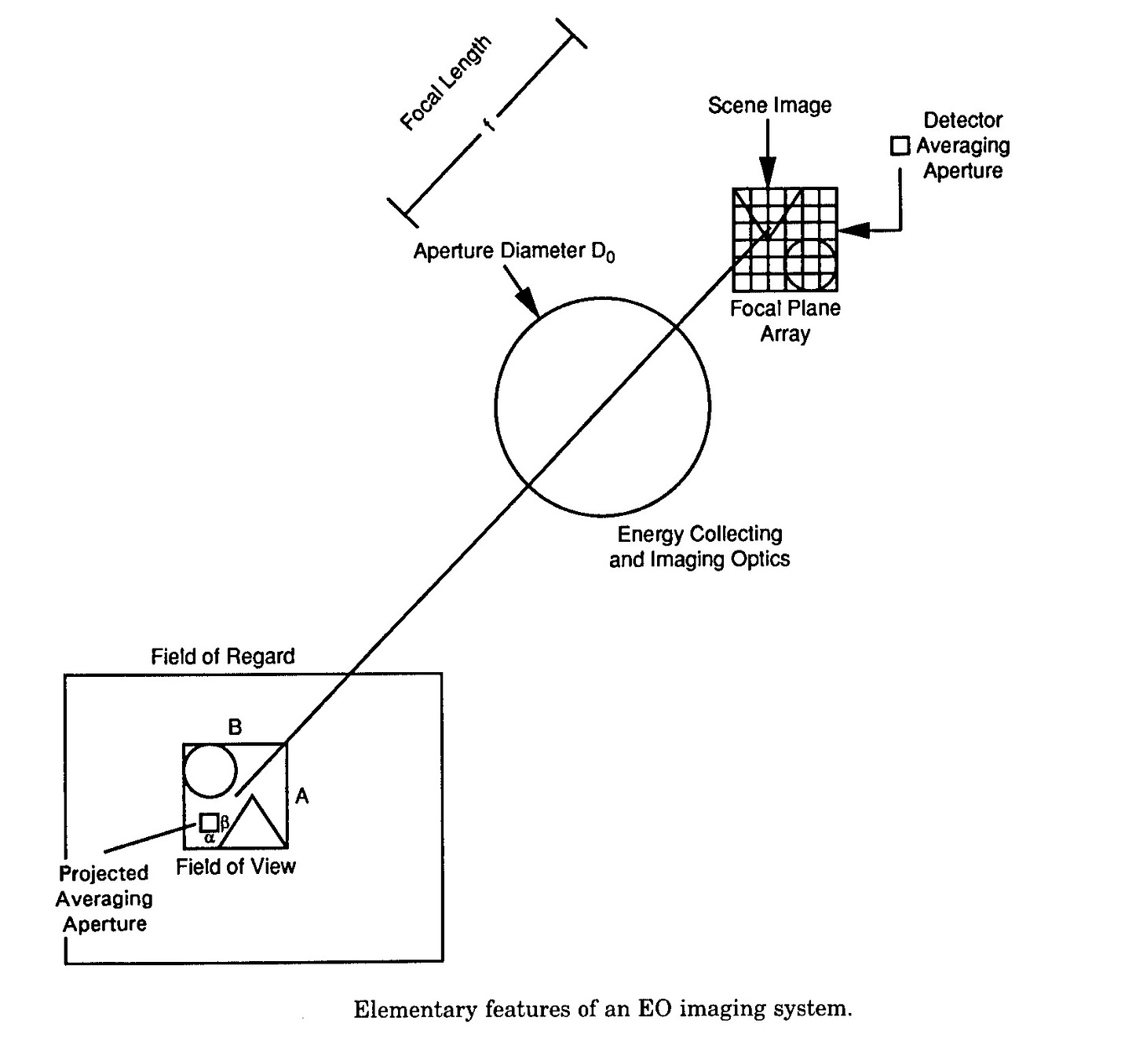


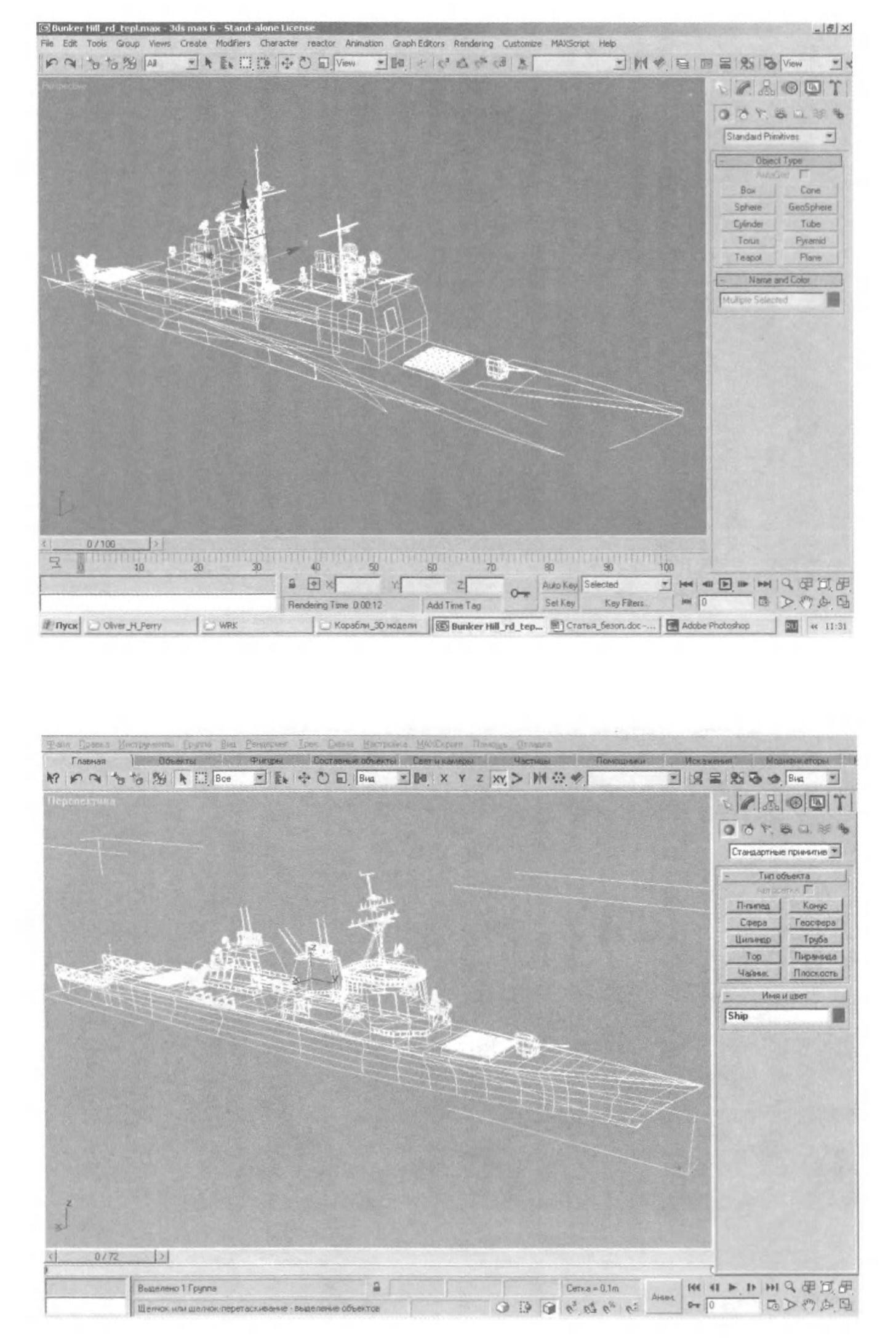



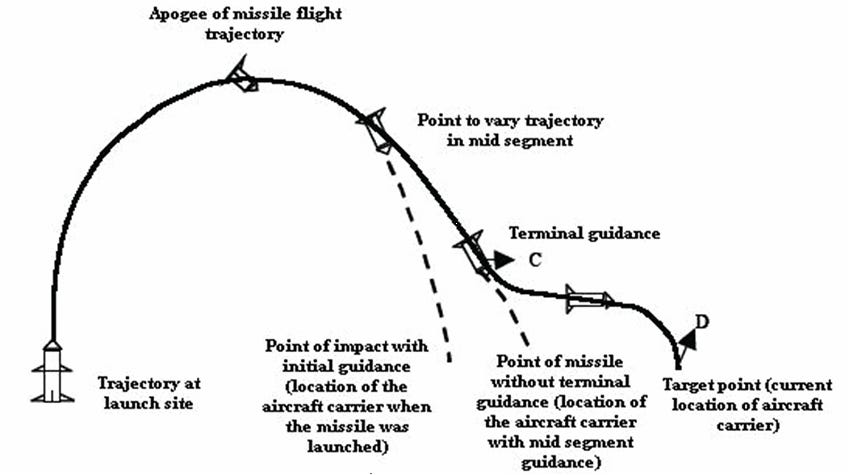
Excellent write up, as per usual 😀 I think a swarm attack by drones, followed by missiles makes the most sense. Each VLS system has 90-some missiles X number of ships will give a minimal number of drones needed. The big question is: Since VLS cannot be reloaded whilst at sea, how will the US ships be challenged transiting to Bahrain? I have a feeling not very well (perspective dependent 😁). Follow up: what kind of pressure is being applied to Bahrain, to stop it from being a US lapdog?
Cheers from Cheyenne!